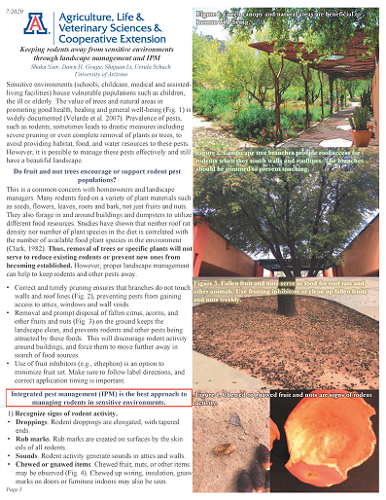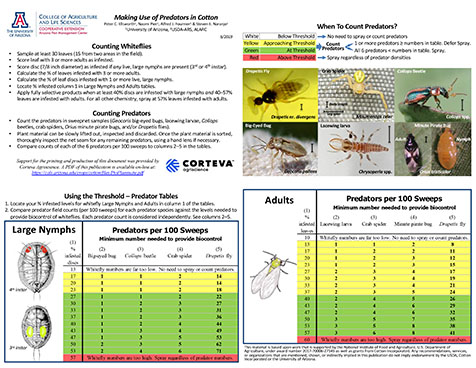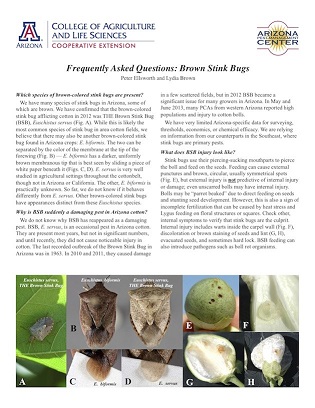-
Jul 2020Many factors must be considered when choosing an insecticide, such as cost, efficacy, risk of resistance, and safety to non-target organisms. This Cotton Insecticide Use Guide summarizes the diverse risks of insecticides used to control three pests, helping you make well informed pest management decisions.
-
Jun 2020Cotton insecticide target efficacy, impact on non-target arthropods and other pesticide risks.
-
Jun 2020La guía del inspector acompañante para “Making Whitefly & Predator Counts”. Esta guía portátil proporciona instrucciones para el muestreo de mosca blanca y predators. La tablas proporcionan una guía para tomar decisiones sobre cuando fumigar para manejar eficazmente mosca blanca. Disponible tanto en inglés como en español.
-
May 2020Cotton fleahoppers are present in cotton during early squaring but rarely require chemical control. These piercing-sucking pests feed on small squares and new terminal growth. Cotton at early squaring is at risk for losing fruiting sites due to blasting of small squares, which can delay timeliness of fruiting, however, yield loss is rare.
-
Apr 2020False chinch bug nymphs, not adults, contribute to significant early-season stand loss in cotton. Best management practices include timely removal of weeds from surrounding fallow or wasteland areas. Chemical control of nymphs should only be considered during mass migrations when abundant false chinch bugs occur per plant, only where they are entering the field plus 50 feet further into the field, and usually only as a banded application over the crop.


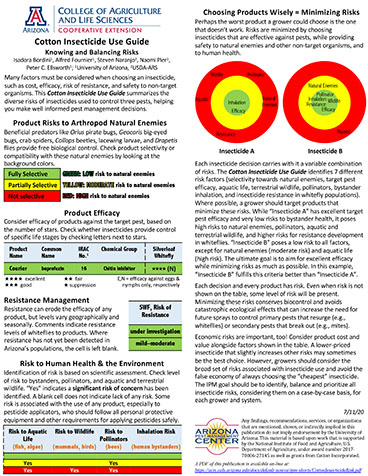
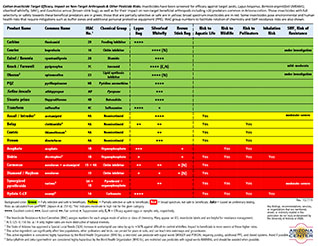



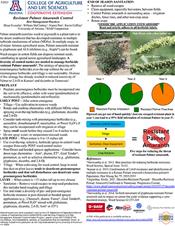
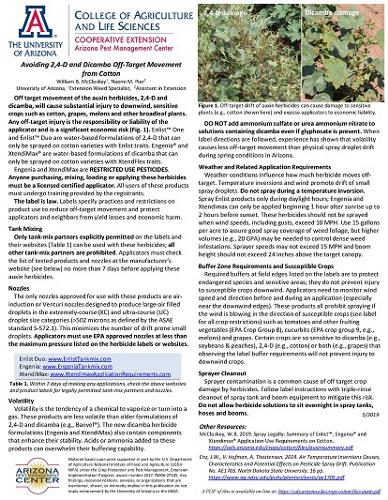

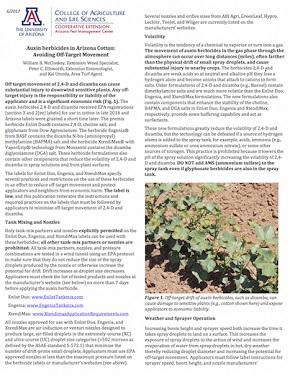

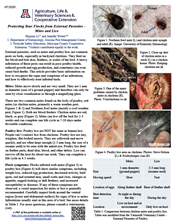
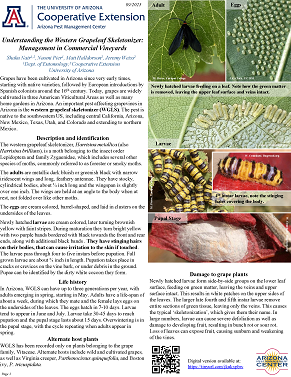
-(002)_page_3.jpg?sfvrsn=cda1d0dc_0?size=300)
